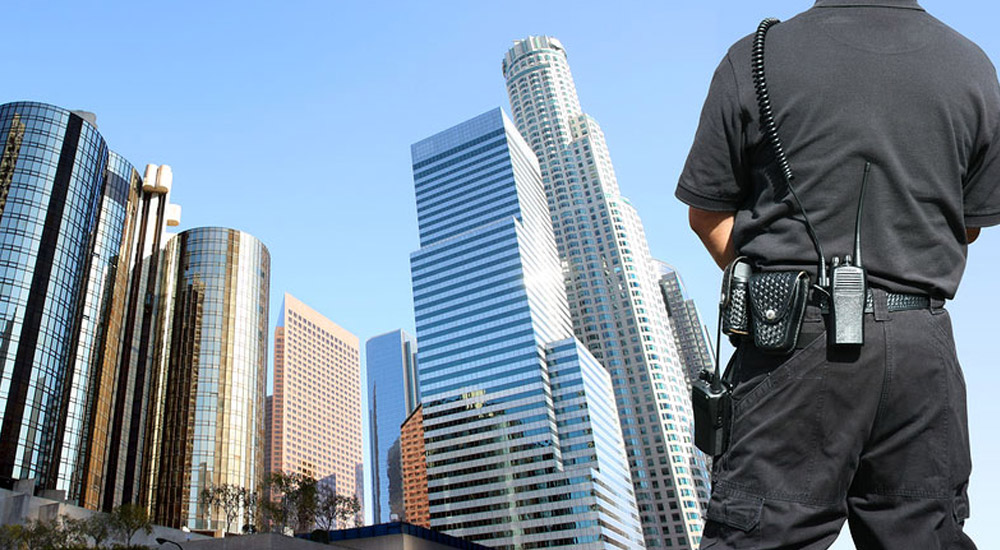As technology evolves and the world becomes increasingly interconnected, the landscape of security is also rapidly changing. Businesses and individuals alike must stay ahead of emerging threats and embrace innovative solutions to ensure safety and peace of mind. In this blog, we will explore the future of security, highlighting key trends and predictions that will shape the industry in the coming years.
The Future Of Security: Key Trends And Predictions Shaping Tomorrow’s Protection
-
Integration Of Artificial Intelligence (AI) And Machine Learning
Trend: AI and machine learning are transforming the security industry by enhancing the capabilities of surveillance systems, threat detection, and response mechanisms.
Prediction: AI-powered security systems will become more prevalent, capable of analyzing vast amounts of data in real-time to identify patterns and predict potential threats. These systems will learn and adapt over time, providing increasingly accurate and efficient security solutions. For instance, AI can monitor behavior patterns and detect anomalies, alerting security personnel to potential issues before they escalate.
-
Rise Of Biometric Security
Trend: Biometric security solutions, such as facial recognition, fingerprint scanning, and retina scans, are becoming more sophisticated and widely adopted.
Prediction: Biometric authentication will become the standard for access control in various sectors, from corporate environments to personal devices. This technology offers a higher level of security than traditional methods, as biometric data is unique to each individual and difficult to replicate. Businesses will integrate biometric systems into their security protocols to enhance access control and ensure only authorized personnel can enter sensitive areas.
-
Cyber-Physical Security Convergence
Trend: The line between physical and cyber security is blurring, with integrated approaches becoming necessary to protect against modern threats.
Prediction: Organizations will increasingly adopt a holistic security strategy that combines physical and cyber security measures. This convergence will involve using interconnected systems and IoT devices to monitor both physical and digital environments, providing a comprehensive security posture. For example, a breach in a building’s access control system might be linked to a simultaneous cyber attack, requiring coordinated defenses to mitigate risks.
-
Advanced Surveillance Technologies
Trend: Surveillance technology is advancing rapidly, with improvements in camera resolution, night vision, and remote monitoring capabilities.
Prediction: Future surveillance systems will incorporate 4K and even 8K cameras, offering unparalleled clarity and detail. Combined with AI and machine learning, these systems will be able to automatically identify and track suspicious activities, reducing the need for constant human monitoring. Additionally, drones and other autonomous devices will play a larger role in surveillance, providing flexible and mobile security solutions.
-
Emphasis On Data Privacy And Ethics
Trend: As security technologies become more powerful, concerns about data privacy and ethical implications are growing.
Prediction: Regulations and standards around data privacy will become stricter, requiring security providers to ensure that their systems comply with legal and ethical guidelines. Companies will need to be transparent about how they collect, store, and use data, and they will have to implement robust measures to protect user privacy. Ethical considerations, such as avoiding bias in AI algorithms, will also be crucial to maintaining public trust.
-
Proactive Security Measures
Trend: Traditional security measures have often been reactive, addressing threats after they occur.
Prediction: The future of security will focus on proactive measures, using predictive analytics and real-time monitoring to prevent incidents before they happen. Predictive policing, for example, uses data analysis to forecast where crimes are likely to occur, allowing law enforcement to allocate resources more effectively. In the corporate world, predictive maintenance can identify potential equipment failures before they disrupt operations, enhancing overall security and efficiency.
-
Growth Of Managed Security Services
Trend: With the complexity of security threats increasing, many organizations are turning to managed security service providers (MSSPs) for expert assistance.
Prediction: The MSSP market will continue to grow, offering businesses access to cutting-edge security technologies and expertise without the need for in-house resources. These providers will offer comprehensive security solutions, including threat detection, incident response, and continuous monitoring, tailored to the specific needs of their clients.
Conclusion:
The future of security is dynamic and ever-evolving, driven by technological advancements and the growing complexity of threats. By staying informed about these trends and predictions, businesses and individuals can better prepare for the challenges ahead. Embracing innovations such as AI, biometrics, and integrated security solutions will be crucial in maintaining a safe and secure environment.
At Akin Force, we are committed to staying at the forefront of security trends, providing our clients with the latest technologies and best practices to protect their assets and ensure peace of mind. Contact us today to learn more about our cutting-edge security solutions and how we can help you navigate the future of security.

